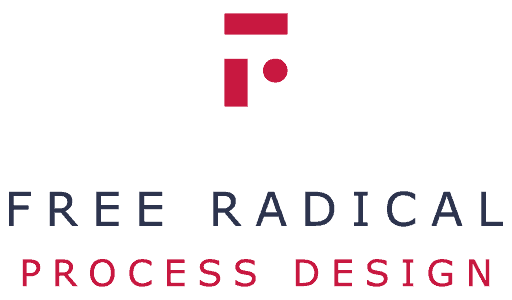Technology readiness level is a systematic framework used for assessing and determining the maturity of a specific technology and defining them in levels that indicate the progression from basic concept to complete maturity. This method is mostly used by managers of technology development projects to manage such projects optimally. The purpose of the technology readiness level framework is to allow consistent measurement across different innovations. By using technology readiness levels experts in any field can discuss technological developments across a broad range of industries and disciplines to evaluate risks that are present during the innovation process. Technology readiness levels enable stakeholders like managers or technology transfer officers to determine the maturity of a given innovation without having to learn the given field or industry.
Technology Readiness Levels are sometimes referred to simply as TRL’s and the framework consists of 9 levels. Read more about technology readiness levels here. What follows is a list of the 9 levels and a short description of each level as it is used at NASA currently.
- TRL 1 – Basic principles observed
- TRL 2 – Technology concept formulated
- TRL 3 – Experimental proof of concept
- TRL 4 – Technology validated in lab
- TRL 5 – Technology validated in a relevant environment (industrially relevant environment in the case of key enabling technologies)
- TRL 6 – Technology demonstrated in a relevant environment (industrially relevant environment in the case of key enabling technologies)
- TRL 7 – System prototype demonstration in an operational environment
- TRL 8 – System complete and qualified
- TRL 9 – Actual system is proven in an operational environment (competitive manufacturing in the case of key enabling technologies; or in space)
The History of Technology Readiness Levels
Technology readiness levels were first conceptualised at NASA in 1974 and the system was formalised in 1989. The TRL system was adopted by the United States military’s Department of Defence to address the risk of procuring immature technologies and was later adopted across many industries for its usefulness to investors and funding organisations from the public and private sector to assess the maturity of technologies and therefore more accurately estimate the risks associated with investing in emerging technology.
Uses of Technology Readiness Levels
Technology readiness levels enable decision-makers to assess the risk of investing in or using an emerging technology by creating a framework that can be used across a multitude of industries. It can be used in combination with other tools to manage the progress of an innovation or to assess the risks and especially the severity of the risks associated with a new technology. Technology readiness level can be used for many different industries but is mostly used in high technology and the intellectual forefront because it is by nature suited for research and implementation of innovation.
During such research and development projects, it becomes necessary to assess the readiness of a certain technology to determine how much work has been done or how much work will still be required before a given technology can be made usable and to assess how soon a technology can be taken to market. Technology readiness levels are especially useful for technology transfer.
Similar Frameworks
If the technology readiness level system is not complex enough to encompass a technology completely, a similar framework has been developed for more complex projects called Technology Readiness Pathway Matrix. Other similar frameworks have been developed to assess the investment and manufacturing readiness level in a similar way. Find out more about where technology readiness levels fit into the greater lifecycle of technology.





